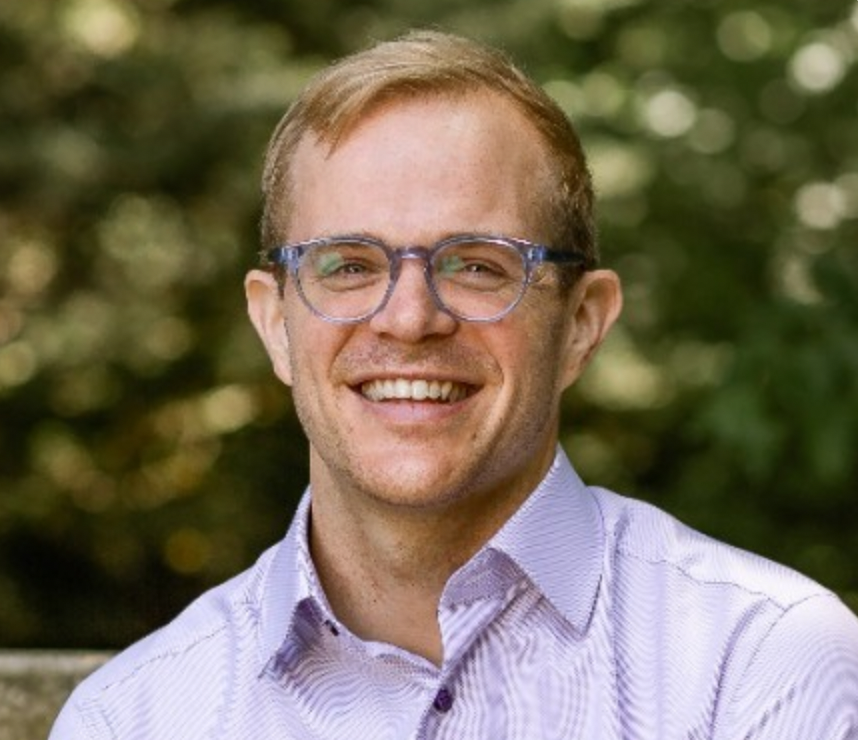The media company Gallery Media Group, which operates a portfolio of editorial titles and social handles including PureWow and @cocktails, has unveiled an experiential model with a structure that blends influencer marketing with the offerings of a content studio, according to chief revenue officer Chris Anthony.
Known internally as its Events for Content strategy, the model aims to increase the value of an event sponsorship by yielding two sets of deliverables for brand partners: on-site influencer content and evergreen creative assets.
“The idea stems from two core theses: That the creator business is core to GMG, and that events are expensive for clients,” Anthony said.










